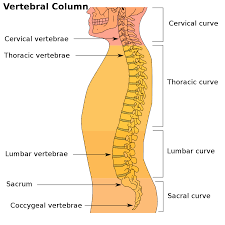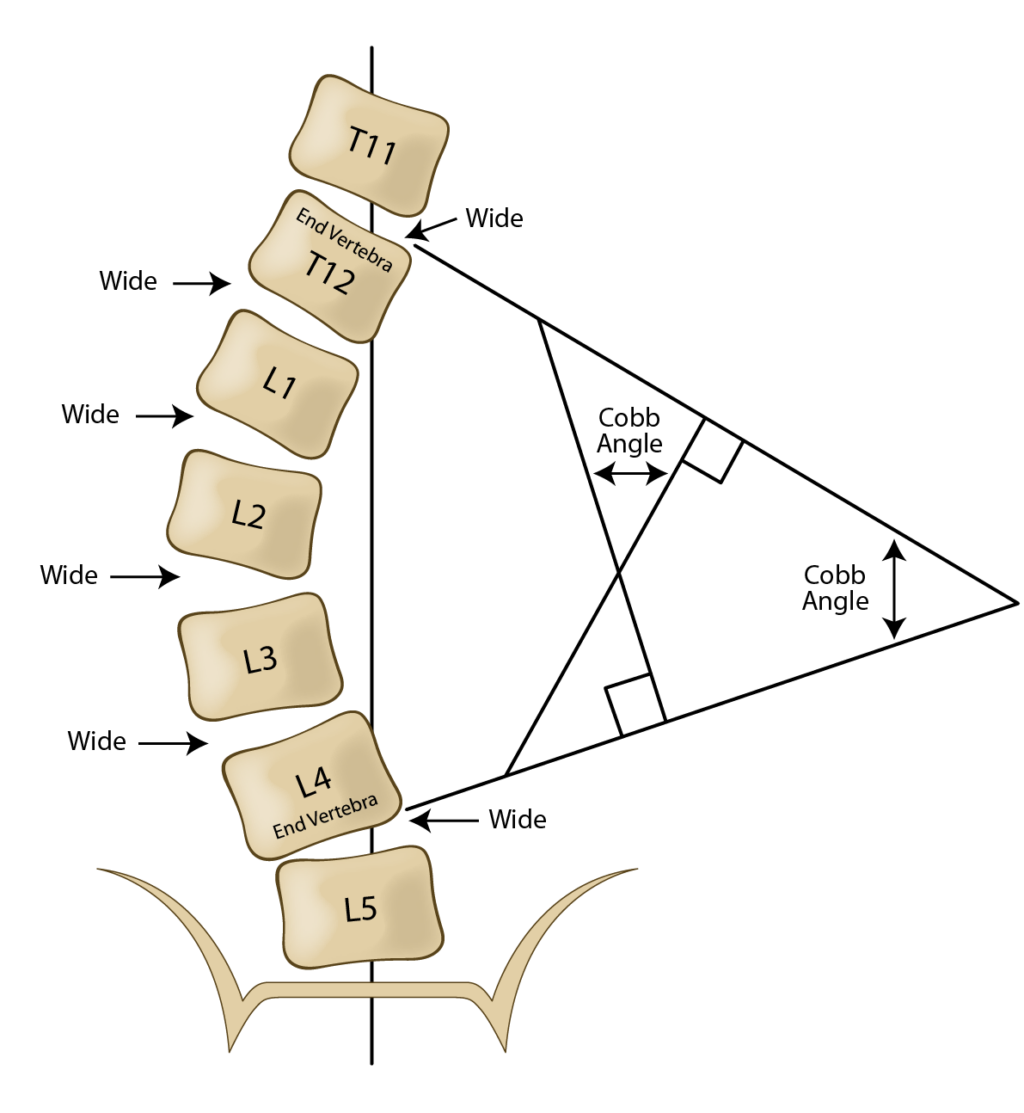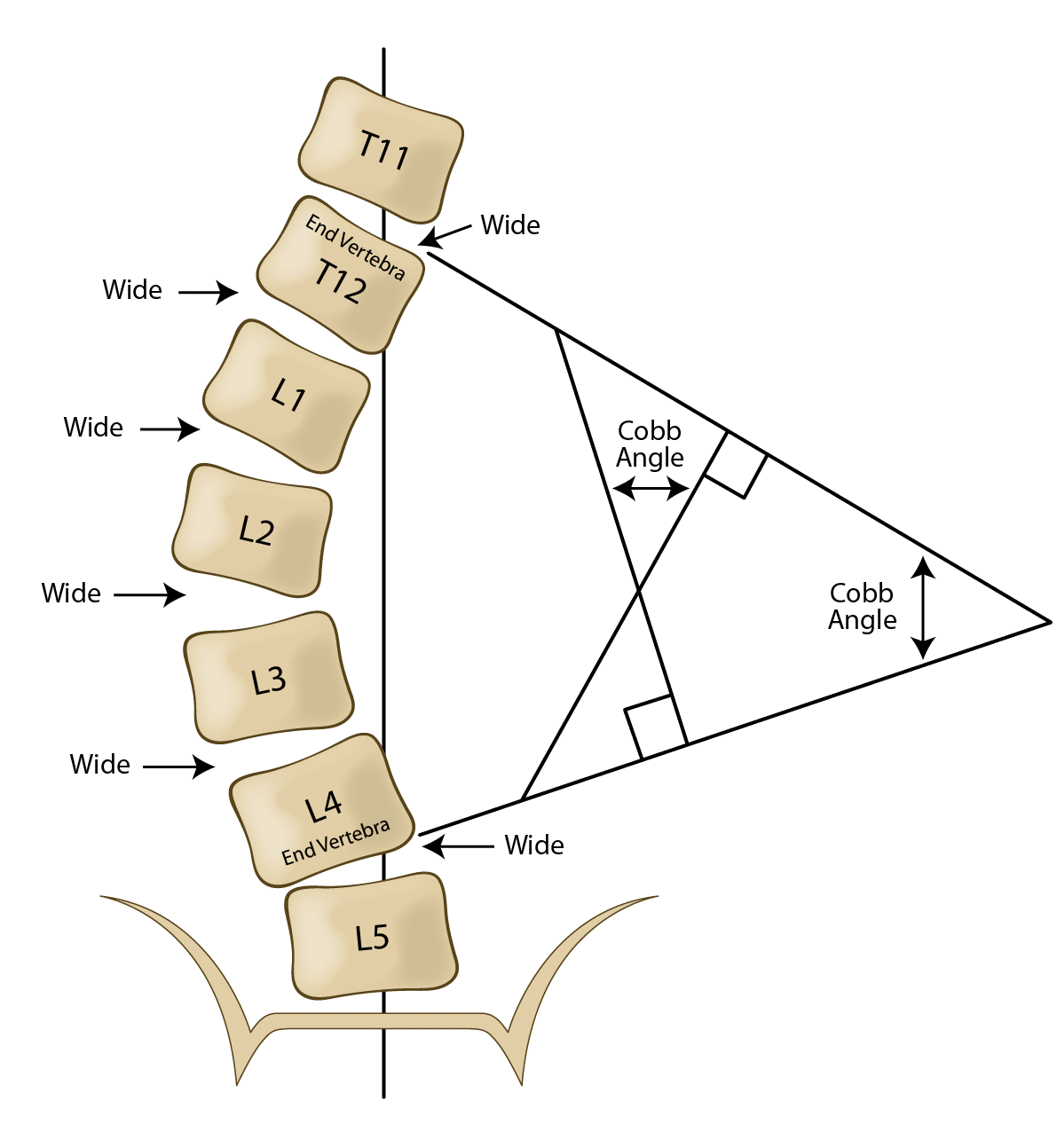The human spine, a marvel of engineering, is not a straight column but rather a structure with gentle curves. These natural curves are essential for maintaining balance, allowing flexibility, and absorbing the shock of movement. The spine’s curvature plays a critical role in overall health, influencing posture, mobility, and the function of the nervous system.
Understanding the normal curvature of the spine and how to support its health through proper posture, exercise, and ergonomic practices can significantly enhance one’s quality of life.
How Does the Spine Curve Normally?

The human spine naturally forms curves that are essential for its function. These curves help maintain balance, allow flexibility, and absorb the shock from movements. The spine is divided into three main regions, each with a specific type of curvature: the cervical spine, the thoracic spine, and the lumbar spine.
- Cervical spine: The cervical spine, located in the neck, forms a lordotic curve, which means it curves inward towards the front of the body. It comprises seven vertebrae (C1 to C7). The head’s weight is supported by the cervical spine. Thanks to the cervical spine, the head can move widely. This includes rotation, flexion, and extension. The first two vertebrae, the atlas and axes, are specialized to facilitate the nodding and rotation of the head.
- Thoracic spine: The thoracic spine, located in the upper and mid-back, forms a kyphotic curve, curving outward towards the back of the body. It comprises twelve vertebrae (T1 to T12). It is connected to the sternum, providing stability and protection to vital organs such as the heart and lungs. This spine region has less mobility than the cervical and lumbar areas due to its attachment to the ribs.
Lumbar spine: The lumbar spine, located in the lower back, forms another lordotic curve, curving inward towards the front of the body. Comprising five vertebrae (L1 to L5), the lumbar spine bears much of the body’s weight and is designed for flexibility and strength. This region allows for significant movement, including bending and twisting, and is a common site for lower back pain due to its load-bearing function.
When Is A Spinal Curve Considered Healthy?
A spinal curve is considered healthy when it maintains natural, gentle curves in the cervical, thoracic, and lumbar regions. These curves distribute mechanical stress evenly and maintain balance. Deviations from these gentle curves can indicate potential problems and may lead to discomfort or pain. Proper curvature ensures spinal alignment and functionality.

Lordosis
Lordosis refers to the inward curvature of the spine, primarily seen in the lower back (lumbar region) and neck (cervical region). A healthy lordotic curve in the lumbar area is typically from 20 to 40 degrees, while in the cervical region, it ranges from 20 to 35 degrees. These curves help distribute mechanical stress during movement and maintain the body’s balance.
When the curves are within these ranges, the vertebrae are properly aligned, minimizing strain on muscles and ligaments. Any deviation from these angles can lead to discomfort or pain, signaling a potential problem with spinal alignment.
Kyphosis
Kyphosis is the outward curvature of the spine, seen in the thoracic (mid-back) and sacral (base of the spine) regions. A healthy kyphotic curve in the thoracic spine is generally from 20 to 45 degrees. This curvature is essential for supporting the head and maintaining an upright posture. It also helps absorb shock during physical activities. Proper kyphotic curvature ensures that the spine’s structure can effectively distribute weight and stress. Deviations from this normal range can lead to a rounded back or hunchback appearance, causing discomfort and potential mobility issues.
Abnormalities in the Spinal Curve
Abnormalities in the spinal curve can lead to various health issues, impacting posture, mobility, and overall quality of life. These deviations from the normal spinal curvature are often categorized as excessive lordosis, excessive kyphosis, or scoliosis.
Excessive Lordosis
Excessive lordosis, also known as hyperlordosis, is characterized by an exaggerated inward curvature of the lower back. This condition can be caused by obesity, poor posture, weak abdominal muscles or congenital spine abnormalities. It results in a prominent buttock appearance and a forward-tilting pelvis, which can lead to lower back pain and stiffness. Prolonged hyperlordosis may stress the lumbar vertebrae and intervertebral discs, increasing the risk of disc degeneration and nerve compression.
Excessive Kyphosis
Excessive kyphosis, or hyperkyphosis, is identified by an overly pronounced outward curvature of the thoracic spine. This condition is commonly seen in the elderly, often due to osteoporosis or degenerative disc disease.
It can also result from ligament injuries and poor posture, especially in adolescents. Hyperkyphosis leads to a rounded back or hunchback appearance, potentially causing back pain, fatigue, and difficulty breathing due to reduced lung capacity. Severe cases may impair mobility and overall spinal function.
Scoliosis
Scoliosis is a condition where the spine curves sideways in an “S” or “C” shape. It can occur at any point along the spine and is often diagnosed in childhood or adolescence. The severity of scoliosis is measured using the Cobb Angle, which quantifies the degree of spinal curvature.
A Cobb Angle of 10 degrees or more indicates scoliosis. Depending on the angle’s severity, scoliosis can cause back pain, asymmetry in shoulder or hip height, and in severe cases, impaired lung and heart function. Early detection and treatment are crucial to managing scoliosis effectively.
The Cobb Angle

The Cobb Angle is a radiographic measurement used to quantify the degree of spinal curvature in scoliosis. It is determined by identifying the most tilted vertebrae at the top and bottom of the curve and measuring the angle between intersecting lines drawn along the endplates of these vertebrae.
This measurement helps in assessing the severity of scoliosis and guiding treatment decisions. A Cobb Angle less than 20 degrees typically requires monitoring, while angles from 20 to 40 degrees may necessitate bracing. Curves exceeding 40 degrees often require surgical intervention to prevent further progression and associated complications.
When You Should Get Your Entire Spine Examined
Here’s when you should get your spine examined:
- Chronic back/neck pain that doesn’t respond to conservative treatment: Persistent pain that doesn’t improve with standard treatments may indicate underlying spinal issues that require a comprehensive examination.
- Irregularities in posture: Visible abnormalities such as a hunched back, uneven shoulders, or a protruding abdomen suggest potential spinal deformities that need evaluation.
- Restrictions in movement: Difficulty or pain during bending, twisting, or other movements can be signs of spinal problems that merit a full examination.
- Accompanying headaches: Frequent headaches, especially those radiating from the neck or upper back, can be associated with spinal issues and warrant a thorough assessment.
- History of trauma to the spine: Past injuries from accidents, falls, or sports can lead to long-term spinal problems, making it important to monitor the entire spine for any lasting effects.
A New Approach to Spinal Curve Issues
At the Centeno-Schultz Clinic, we offer a unique diagnostic approach to detect spinal curve irregularities, facilitating effective back pain treatment. Our comprehensive method combines advanced imaging techniques with a thorough clinical evaluation, enabling precise identification of spinal abnormalities.
By utilizing high-resolution MRI and digital X-rays, we can meticulously assess the spine’s structure and curvature, identifying even subtle deviations.
Additionally, the clinic employs functional assessments to understand the impact of spinal irregularities on a patient’s movement and overall function. This holistic evaluation includes analyzing posture, gait, and range of motion, providing a complete picture of how spinal issues affect the patient’s daily life.
Our innovative approach also incorporates regenerative medicine techniques, such as platelet-rich plasma (PRP) treatment, bone marrow concentrate, and prolotherapy to address the root causes of spinal problems. By targeting the damaged tissues and promoting natural healing, these treatments offer a non-surgical alternative for managing and potentially correcting spinal curve irregularities. For example injecting PRP or prolotherapy to the back supraspinous interspinous ligaments can help aid the natural cervical and thoracic lordotic curves. Treating the interspinous ligaments on the side of the spine can help strengthening the ligaments that get stretched with scoliosis. We can also help irritated nerves and damaged facets joints that result from abnormal curves to help with pain and improve your function.
Through this integrative and precise diagnostic approach, the Centeno-Schultz Clinic can develop personalized treatment plans that address each patient’s unique spinal condition, ultimately improving outcomes and reducing chronic back pain.
Your Spine’s Curve Can Determine Your Spine’s Health
CSC’s advanced diagnostic technologies provide unparalleled accuracy in detecting abnormalities in spine curvature. By leveraging high-resolution imaging and comprehensive functional assessments, the Centeno-Schultz Clinic can precisely identify deviations from healthy spinal alignment. This precise diagnosis is essential for developing targeted and effective treatment plans, ultimately enhancing spine health and reducing chronic pain.
A healthy spine holds the key to a pain-free existence.

